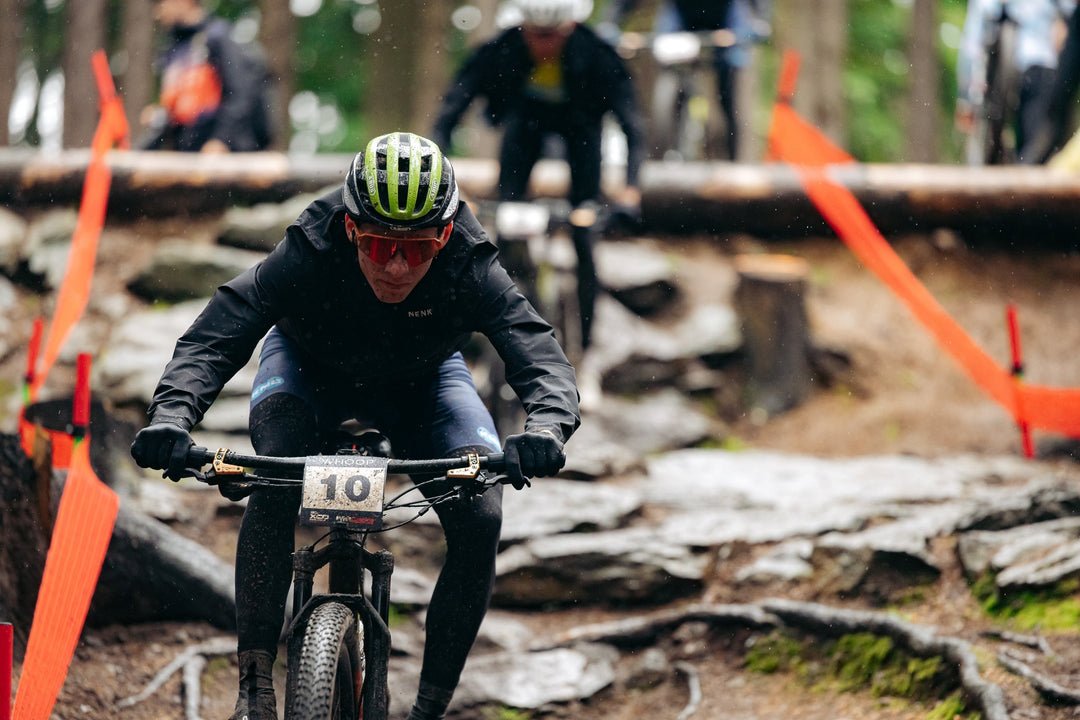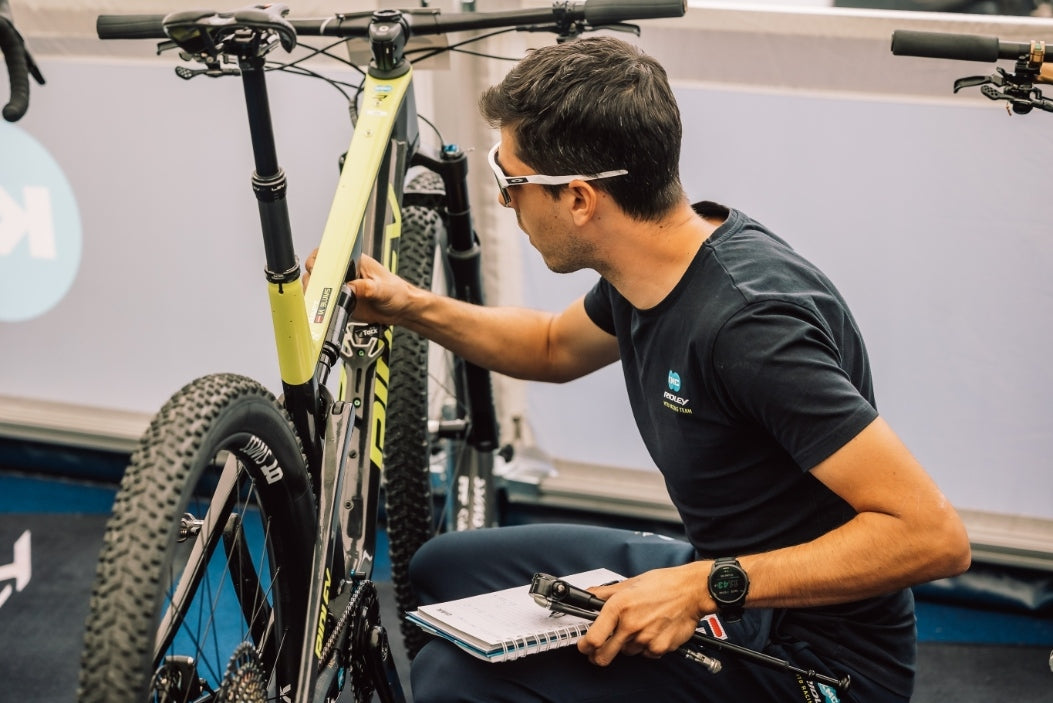Suspension Tuning From Initial Setup to World Cup

When we mention suspension tuning most people probably think of tokens, pressure, air ramps, etc. For us, the word tuning means something much more complex. In this post, the topic will be a step-by-step process of suspension tuning for a World Cup race.


The process starts at the beginning of the year when the team gathers at a training camp. This usually takes place in warmer regions where equipment can be properly tested before the competitive season begins, and the riders can put in quality mileage. We mechanics are also present there to monitor the bikes and equipment that will be used in the upcoming season and to provide support to the riders throughout the entire camp.
That first training camp is extremely important because it’s where we perform initial telemetry measurements for each rider to gain insight into the current suspension performance and identify what needs to be improved or changed for the upcoming races.
After completing telemetry on challenging terrains similar to XCO or marathon tracks, we carefully analyze all the obtained parameters, figures, and graphs. Through individual discussions with the riders, we create a plan for what and how to modify to meet their needs and maximize performance. After this process, I, as a mechanic, take notes and create a plan. Based on the measurements of all current suspension parameters and settings, I decide what to modify and how. This often involves mechanical adjustments to oil valves and air chambers. Playing with tokens in the air chamber and pressure is reserved for fine-tuning that we adjust "track by track."


We use our personal tables and software to calculate the viscosity index to "pinpoint" the ideal oil for the expected temperature range so that the suspension delivers consistent performance from the beginning to the end of the race without degradation. This degradation often happens to amateur riders because everything is adjusted "by eye." As the race progresses, and due to temperature differences, the materials within the system react, and performance consequently deteriorates. The result of all this is a fatigued body, painful hands, poor focus, and an inability to follow the track, leading to lost time. Nowadays, even in amateur sports, every second counts.
We calculate oil flow through the valves/ shims and predict what will happen with specific changes and speeds of movement. Once all of this is done, the rider tests the suspension's performance and provides feedback, based on which we decide on further steps. Once this process is complete, the rider trains and competes in local races with the "tuned" suspension to get a feel for it, all the way up to the World Cup race.
In the week leading up to the World Cup race, we conduct telemetry again, analyze the data, and, if necessary, adjust the number of tokens and pressure to maximize flow on the track. We visualize all of this using accompanying software and decide on the setup, as we usually have several options to choose from. When everything is in place and the rider achieves synergy with the track, our mission is complete—until the next track and race.
All of the above can also be applied to amateur competitors and riders. Of course, we won't be available to perform measurements on every track, but after the initial measurement, tuning, and then the final measurement, each of our clients receives precise instructions for independently managing suspension pressure. They are given recommended settings based on the track and terrain they ride on and instructions for adjusting settings when the track or terrain configuration changes, ensuring maximum performance for each race!

In conclusion: the era of riding by guesswork is behind us. Today, equipment is more sophisticated, and the methods of service, maintenance, and adjustment have drastically changed compared to just a few years ago. For optimal performance, it is not enough to inflate the suspension based on the recommendation of a seller, mechanic, or manufacturer; it requires the same approach as training itself. If one link in the entire process is missing or inadequately used, the end result will not be satisfactory.





Leave a comment